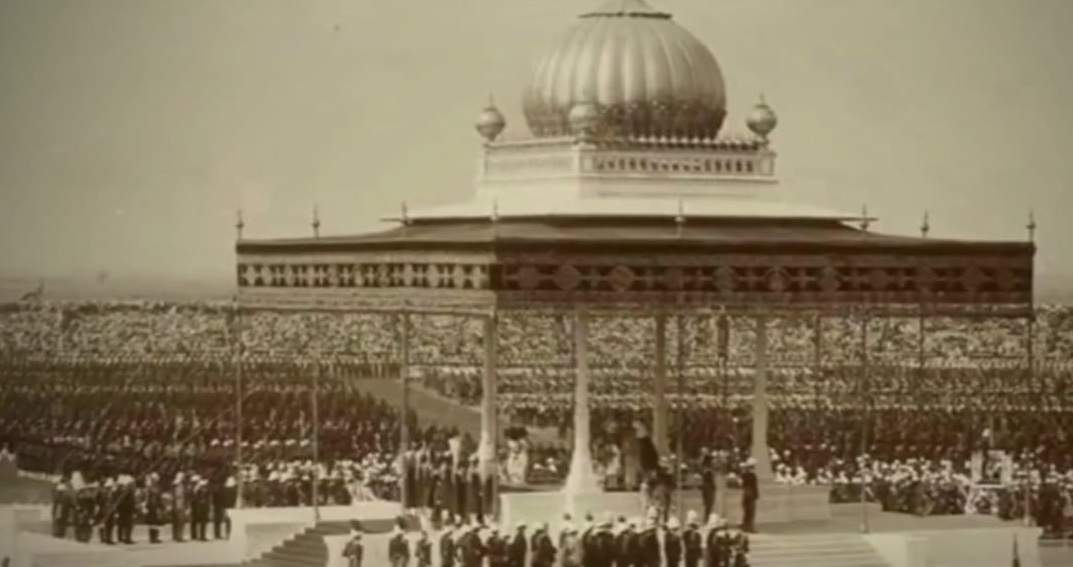13 February 1931 - Interesting Facts on New Delhi becoming the Capital of India 90 years ago
If Kolkatta was the capital of India, then what was the need for New Delhi to become the new capital city of India?
- Delhi had been the financial and political center of many empires that had earlier ruled India
- Political assassinations became a common feature in Calcutta, hence the capital was becoming hostile to the British
- Common Delhiites were not happy with the decision, while the elite were overjoyed
New Delhi, the capital of India was inaugurated on 13 February 1931 by Lord Irwin, India’s Viceroy at that time. This was 20 years after New Delhi’s had its foundation laid in 1911, when Kolkatta (Calcutta) was the capital of India. The foundation was laid by George V, the Emperor of India then in Delhi Durbar.
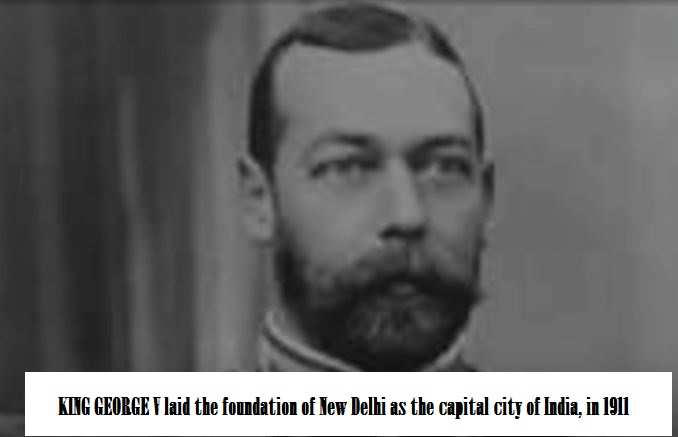
Sir Herbert Baker and Sir Edwin Lutyens were the two architects who planned New Delhi. Since 13 February 1931, New Delhi has been the centre of government for India, with all its branches – legislative, judiciary and executive having their centre of operations in the capital city of India.
If Kolkatta was the capital of India, then what was the need for New Delhi to become the new capital city of India?
- Delhi had been the financial and political center of many empires that had earlier ruled India, for e.g. the Delhi Sultanate and the reign of the Mughals for 208 years from 1649 to 1849.
- With the British coming in later, Delhi, being located in the northern part was a more convenient location for the British Raj. Kolkatta was towards the eastern end. British empire then encompassed modern Pakistan, Bangladesh and Burma. (Continues...)
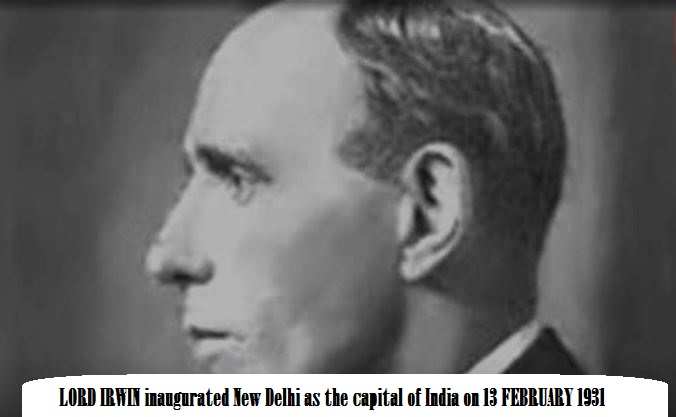
- One of the more important reasons was that political assassinations became a common feature in Calcutta.
- Calcutta was becoming more hostile to the British government.
- The proposal was accepted by British Raj and George V and Queen Mary announced on 12 December 1911 that the capital of India will shift from Calcutta to New Delhi.
- The foundation of Coronation Park and Kingsway Camp, which would be the Viceroy’s residence, was set then.
- Post the initial planning by Sir Herbert and Edwin Lutyen, Britain’s leading architects at that time, the contract of building the city was awarded to Sobha Singh. At construction work, which began after the end of the First World War, was completed in early 1931. The financial burden on Britain during the First World War caused the work on New Delhi to start much later.
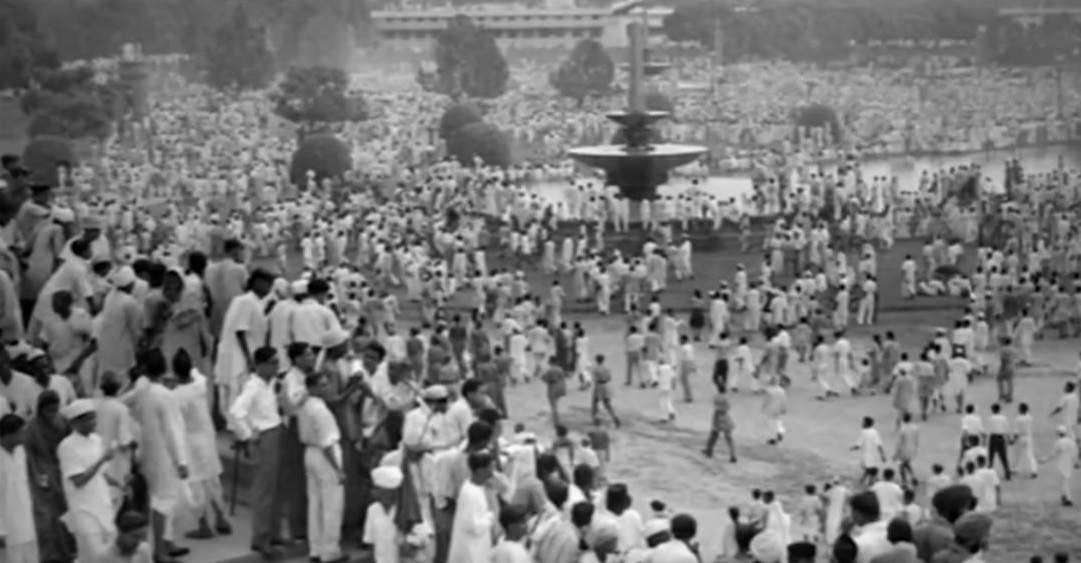
- There were many rejections on the design of the capital city, as the Britishers wanted to redesign the city keeping their security concerns prime.
- Hence they did not bother to protect the heritage sites of Tughlakabad and adjacent areas. They also ruthlessly evicted the villagers from the proposed sites. Delhiites then were not as pleased with the decision. The villagers were devastated, while the elites were happy. European and Indian business class of Calcutta were also unhappy about the move from Calcutta to Delhi.
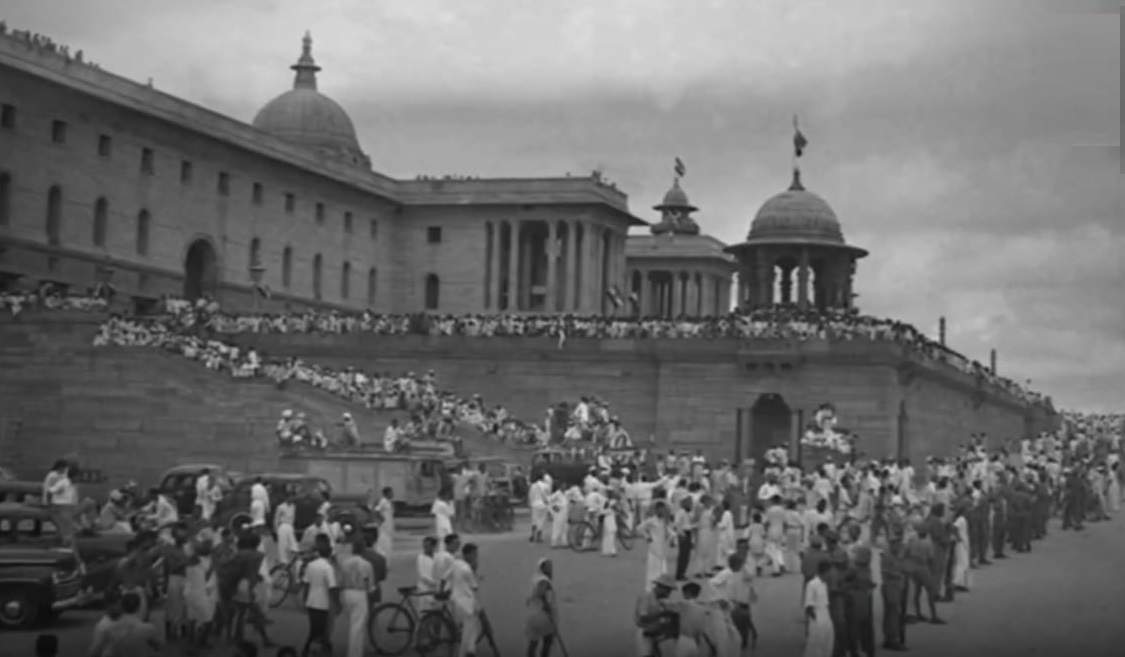
- North Delhi, which is one of the posh residential areas of New Delhi, has the Secretariat, the temporary building for which, was constructed in 1912. Many of the important offices began from there and the employees began to be accommodated nearby, so that working would not be affected.
- Interestingly, to ensure that the various offices of the British government function properly, experience employees from the Madras Presidency and Calcutta Presidency were relocated to New Delhi.
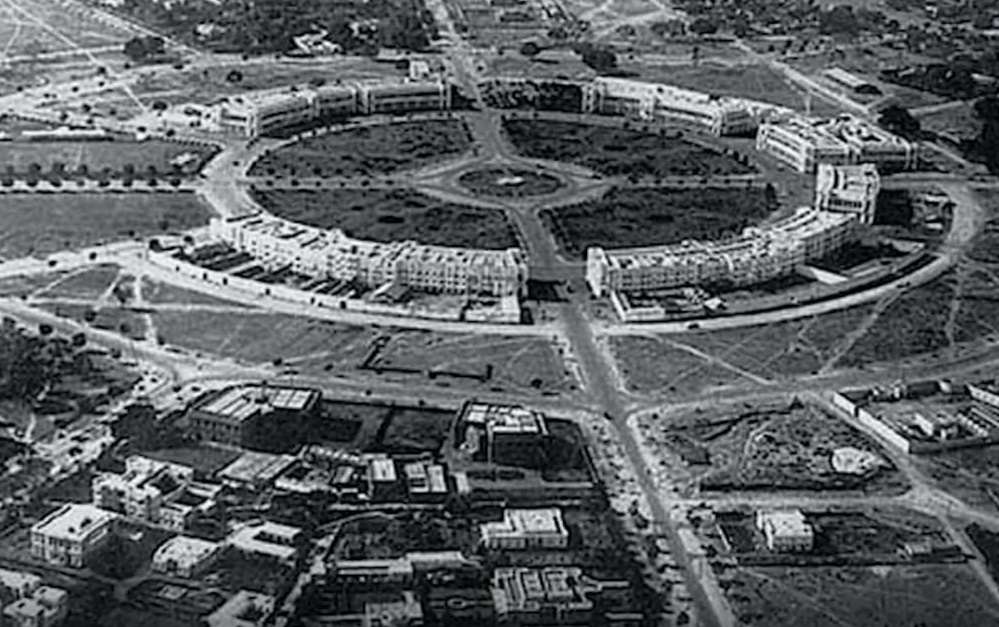
To join us on Facebook Click Here and Subscribe to UdaipurTimes Broadcast channels on GoogleNews | Telegram | Signal



